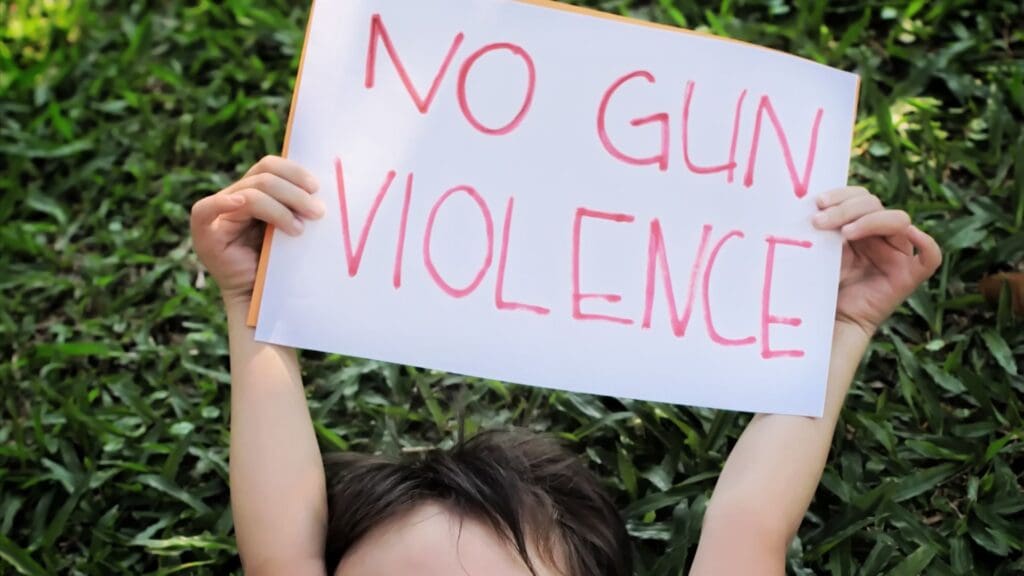
To read this blog in Spanish, click here.
by Ruth Rosas and Kait Spielmaker
When we think about walkability, we often focus on physical surroundings – the streets, public spaces and amenities that make walking and rolling safe and accessible. However, for those who feel exposed or unsafe due to intolerance, harassment, or threats of violence, walkability is denied. In this blog series (read our introduction here) we explore the ways social, cultural, economic, and political factors affect the right of all people to move freely and safely in their communities.
Mobility justice is a framework that examines and seeks to address historical and ongoing transportation and infrastructure inequities that disproportionately affect marginalized communities. We support a vision for a world rooted in social justice where people feel safe existing on the streets and can build lives experiencing the full joy of movement and community regardless of their identities. We believe this is essential to promote the health, well-being, and success of our communities.
The toll of American gun violence is unspeakably tragic. The threat of gun violence further robs all of us of the expectation that our shared public spaces, including streets and sidewalks, are safe to walk and move through.
Advocating for safe streets means that all people are not only safe from car crashes and dangerous vehicles when walking, but also from gun violence. We urge walkability advocates, professionals, and supporters to take action to stop gun violence by supporting reasonable gun controls, and supporting the physical and social investments in communities proven to improve safety. Gun policy is not the focus of America Walks. But safer places through community input and organizing is our mission and our passion. We know it is for most of our readers too.
Advocating for Safe Streets by Preventing Gun Violence
The research, whether across states or across countries, is clear – reasonable gun controls save lives. And common sense gun legislation has support across the political spectrum. 63% of Americans are dissatisfied with U.S. gun laws and proposed laws, such as universal background checks, are favored by an overwhelming majority of Americans.
Gun violence is also enabled by the same inequities that result in dangerous street design. Indeed, there is a direct correlation between lack of investment in the built environment and gun violence. That is why those who bear the disproportionate share of gun violence are the marginalized communities that also have inadequate physical infrastructure for walking, specifically Black, Latine, and low-income communities. Indeed, the lack of physical infrastructure is part of a larger pattern of disinvestment affecting people of these communities
Some places, like Portland and Cincinnati, have invested in street-level improvements to help reduce shootings in a neighborhood. Community-based investments can foster a sense of belonging and reduce the conditions that enable shootings in a community. However, design and infrastructure improvements alone do not address all forms of gun violence, such as domestic violence or mass shootings. Design and infrastructure improvements also do not address the root causes of gun violence, such as heightened social tension due to poverty and isolation, access to firearms, mental health access, and desensitization to violence.
Preventing gun violence and its horrific long-lasting effects on our communities requires collective action. Transportation and mobility advocates can work to ensure that they are listening to the communities most affected by gun violence and finding opportunities to work in coalition with those leading the fight against it.
That includes speaking up for reasonable gun control as well as supporting community-based efforts to reduce violence. For example, research into 264 cities over 20 years shows that for every 10 additional community organizations focusing on crime and community life in a city with 100,000 residents, there is a 9 percent reduction in the murder rate and a 6 percent reduction in the violent crime rate. There is a wide range of investments in communities’ physical and social life proven to be effective. Yet all too often government leaders deprioritize such investments – something that can change if more of us speak up.
Entering a dialogue about addressing gun control and systemic causes of violence may mean moving out of one’s comfort zone and having difficult conversations. But keeping people safe and instilling trust in their ability to move freely, especially those most at risk for gun violence, is worth it.
While we have spoken up previously about gun violence, we believe there is still much more that we and others can do to draw attention to the connection between gun violence and walkable accessible communities. We intend to do so and look forward to working with you to create genuinely safe communities for all.
For those seeking resources on gun violence prevention, we look to experts and organizations across the United States that represent a range of approaches:
You can read the previous installment of the series here.